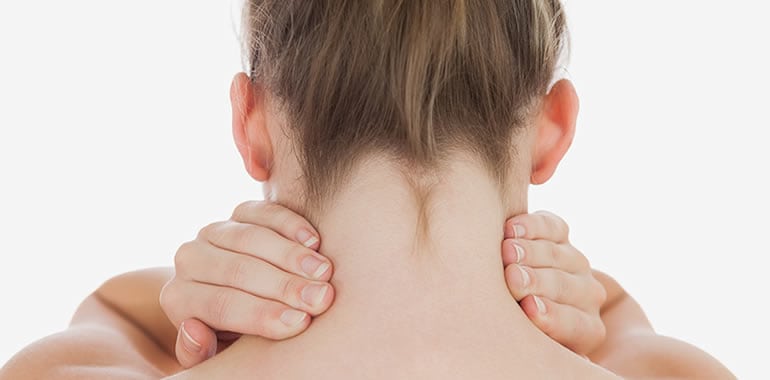
Myofascial pain has been estimated to be the source of pain in 85% of patients attending a pain center. Fibromyalgia affects 4-12% of the population. Both of these are rather “new” diagnoses in our medical system and there has been a great deal of research done recently. Let’s dive into understanding WHAT these diagnoses mean and HOW they should be treated.
Myofascial pain is a local or regional pain syndrome occurring in one or two body regions. Travell (guru type person in my world) has defined the following diagnostic criteria:
1. Palpable taut band in muscle
2. Exquisite spot tenderness of a nodule in the taut band
3. Pressure on the nodule should reproduce patient’s current pain complaint
4. Restricted motion due to pain
 Myofascial pain syndrome responds very well to Physical Therapy including manual therapy, exercise, and transcutaneous electrical nerve stimulation (TENS). There is some evidence to demonstrate that outcomes may be improved with use of trigger point injections (performed by an MD) before Physical Therapy.
Myofascial pain syndrome responds very well to Physical Therapy including manual therapy, exercise, and transcutaneous electrical nerve stimulation (TENS). There is some evidence to demonstrate that outcomes may be improved with use of trigger point injections (performed by an MD) before Physical Therapy.
Fibromyalgia is diagnosed as at least 3 months of widespread pain occurring in each quarter of the body. People with fibromyalgia literally hurt everywhere! Further, people with fibromyalgia commonly present with sleep disorders, fatigue, depression, and irritable bowel syndrome. (Remember, if you aren’t sleeping, you aren’t healing!) Little is known about fibromyalgia, but it is generally accepted to be a disorder of central pain amplification. This causes normally pain free input to be perceived as painful. So, there is enhanced excitability in central pain transmission pathways and loss of pain inhibition. What can be done?
Fibromyalgia treatment requires a multidisciplinary approach involving pharmacological management, psychological treatments, and physical therapy combined for best outcomes. Physical therapy emphasizes an active protocol aimed primarily at an appropriate aerobic conditioning program. There is also moderate evidence for implementing a strengthening home exercise program to decrease pain as well as increasing global well-being.
If you would like more information on either of these diagnoses, please feel free to contact Amy at (425)658-4944 or amykonvalinpt@gmail.com.



